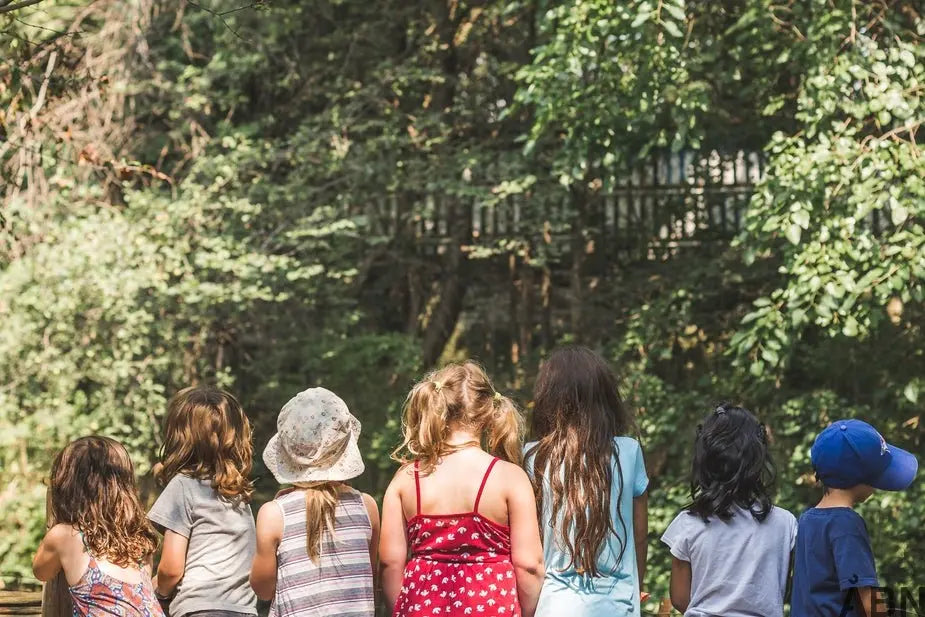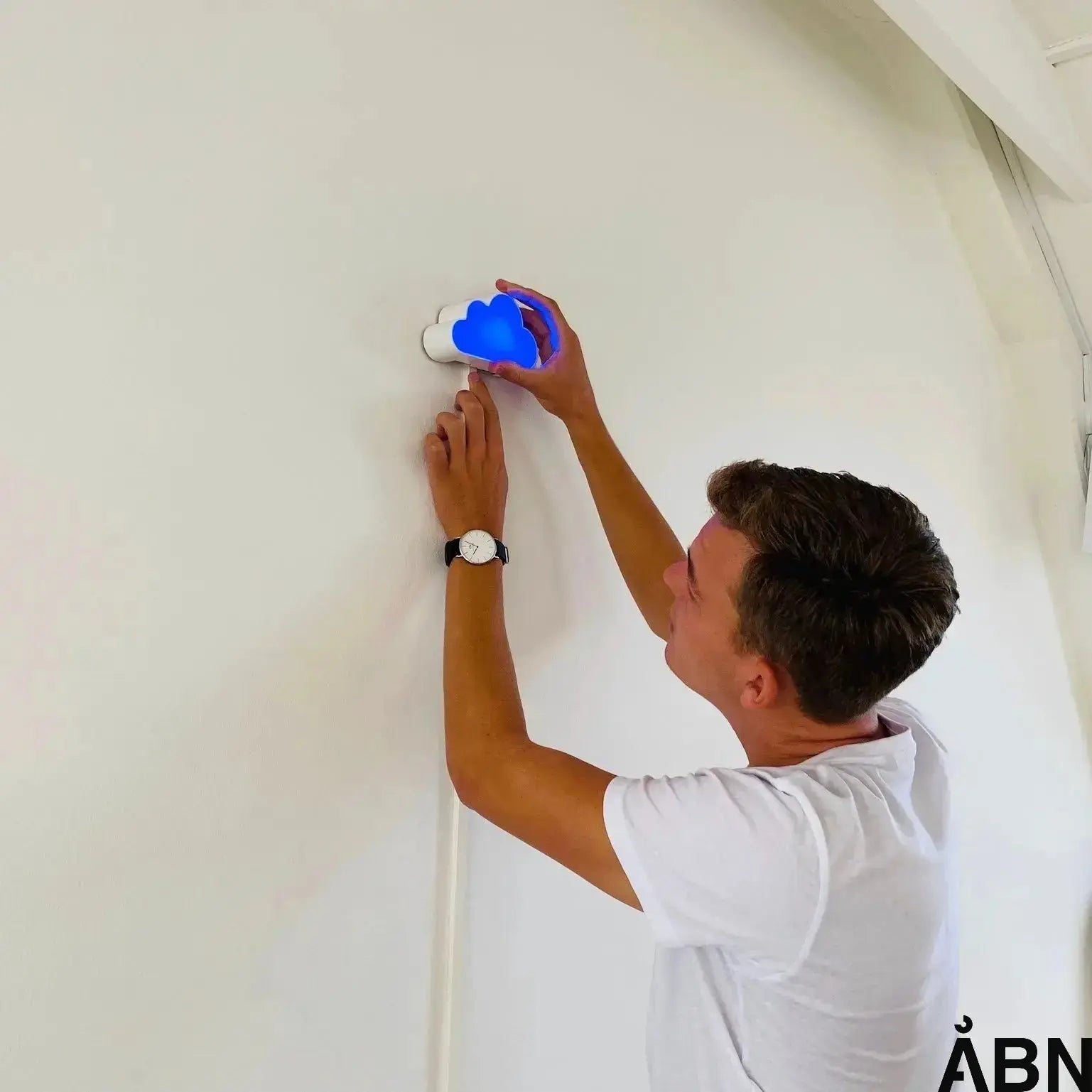In this blog post, we will focus on the problem with the indoor climate of primary schools, and that nothing has been done about this for the last 13 years.
At the end of 2021, a mass experiment was held in 709 classes in 234 schools. Here, the students were given the task of testing the indoor climate of their room and measuring the CO2 level on a day when they did not ventilate, and on a day when they did ventilate.
The mass experiment is held once a year, and approx. every 4 years the experiment deals with the indoor climate in the classroom. It is therefore clear that some are aware that it is a problem since they choose to hold a mass experiment on this several times.
So why hasn't there been an improvement in the indoor climate of primary schools since 2009?
So you choose to examine and research the indoor climate 4 times in 13 years, only to find that it is still as big a problem as it was the last time you tested it.
Our hypothesis is that most local authorities and politicians do not actually know how much they can do.
When we in ÅBN contact the administration (municipal administration) we are most often met by people who think the CLOUD is a super good idea, but the decision to implement is up to the politicians. That it is up to the politicians to take a position on the problem and choose whether it is something that needs to be done, and how much should be done about it and potentially how much money should be allocated to this - but the municipalities and schools actually have the option to use the budget allocated to indoor climate.
When we contact the politicians and tell them about SKYEN, they are at least as enthusiastic about the idea, but say that the decision is up to the administration, as funds have already been allocated for the indoor climate. The problem is that these are usually put aside for year-long renovations, and not loosened to help here and now.
Below you can read how a Tingbjerg School itself took responsibility for the indoor climate, and how a politician in Faxe Municipality managed to help all classrooms in all elementary schools in the municipality during the school winter holidays.
So who is it that makes the decision to generally improve the indoor climate of public schools?
TEKNIQ has carried out a study in which they ask parents if they are aware of how bad the indoor climate in public schools is. [1]
Here you can e.g. read that only 16% of parents know that the indoor climate is bad - The rest have answered that it is good or that they do not know.
It is also clear here that the parents are not informed about the problem, and believe in their best belief that their children naturally have the best possible conditions when they are at school - because that is how it should be!
Fortunately, in Jyllands-Posten, in connection with the mass experiment, you can read that the Head of School for Tingbjerg School, Marco Damgaard, has chosen to take a stand on the problem and has made a decision to install SKYER in the classrooms. He states, among other things:
"It's really good in terms of getting some fresh air, getting some conversation going about indoor climate, and making the students responsible in the community"
In addition, politician Mikkel Dam, chairman of children and learning in Faxe municipality, has chosen to take the lead as a politician in getting all classrooms in all primary schools throughout the municipality now to have a SKY hanging to ensure frequent ventilation and a good indoor climate.
Here at ÅBN, we can only recommend that money be set aside in the municipalities to improve the indoor climate in primary schools. There should be CO2 meters in all classrooms, which can help remind both teachers and students to ventilate.
[1] https://www.tekniq.dk/pressemädelingen/2022/januar/vi-har-alt-for-hoeje-tanker-om-vors-boerns-indeklima/









